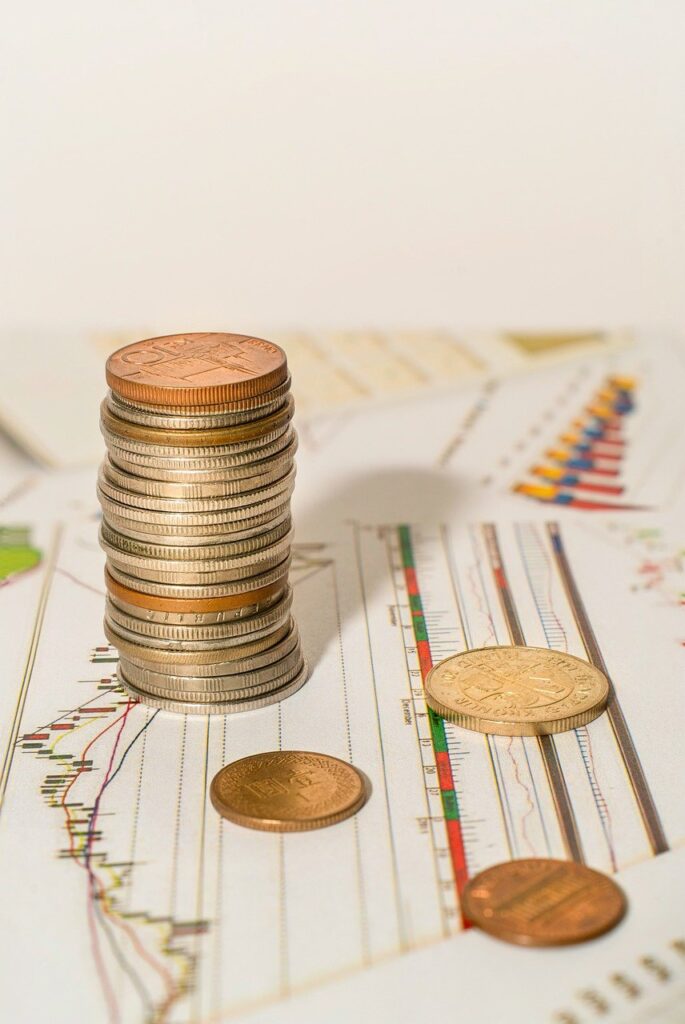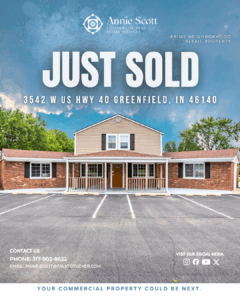The commercial real estate (CRE) market has always been influenced by a variety of economic factors, but few have as significant an impact as interest rates. In recent years, the trend of rising interest rates has caught the attention of investors, prompting questions about the long-term effects on their portfolios and future investments. In this blog, we’ll explore how rising interest rates impact commercial real estate investments, what investors should consider, and how to navigate this evolving landscape.

Why Interest Rates Matter in Commercial Real Estate
Interest rates play a crucial role in shaping the dynamics of commercial real estate. They affect everything from the cost of financing a property to the overall demand for real estate assets. Here are a few key reasons why interest rates matter:
1. Cost of Borrowing
Most commercial real estate investors rely on loans to fund their purchases, and the interest rate on those loans directly influences the overall cost of borrowing. When interest rates rise, borrowing becomes more expensive, which can lead to fewer investors taking out loans to purchase properties. This could slow down the demand for commercial real estate.
2. Cap Rates and Property Values
Higher interest rates can also affect capitalization rates (cap rates), which are used to assess the value of an income-producing property. Typically, when interest rates go up, cap rates also rise, which can lead to a decrease in property values. This relationship can make properties less attractive to potential buyers or cause current owners to reconsider selling in a high-interest-rate environment.
3. Cash Flow
For investors with existing loans, rising interest rates can reduce cash flow. If a property’s loan is adjustable or due for refinancing, an increase in interest rates means higher mortgage payments, which eats into profits. This is especially important for investors who are highly leveraged, as the higher debt payments can significantly affect the bottom line.
4. Investment Returns
As the cost of capital increases, the required return on investment also goes up. Investors will seek higher returns to justify the increased risk associated with higher interest rates. This can impact the types of properties that attract investment and shift focus toward assets that offer higher income potential to balance the increased borrowing costs.
Short-Term and Long-Term Effects
While rising interest rates can immediately impact investor behavior and property values, their long-term effects may vary depending on broader economic conditions. Here are some short- and long-term impacts:
Short-Term Impact: A Cooling Market
In the short term, rising interest rates can lead to a cooling commercial real estate market. Investors may delay new purchases or put off refinancing plans as they wait to see how the market evolves. Property prices may dip, especially in markets that are highly sensitive to changes in borrowing costs.
Long-Term Impact: Stabilization and New Opportunities
Over the long term, however, rising interest rates can lead to market stabilization. As demand softens and prices adjust, investors who are able to navigate higher financing costs may find new opportunities to acquire properties at lower prices. Additionally, seasoned investors often view rising interest rates as part of a natural economic cycle and adjust their strategies accordingly, such as seeking properties with stronger cash flow potential.
Strategies for Investors in a Rising Rate Environment
While rising interest rates present challenges, they also offer opportunities for savvy investors. Here are some strategies to consider in a rising rate environment:
1. Lock in Fixed-Rate Loans
If interest rates are expected to rise further, locking in a fixed-rate loan can help protect against future rate hikes. Fixed-rate loans provide stability by ensuring that debt payments remain predictable over time, which can be a significant advantage in uncertain economic conditions.
2. Focus on Cash-Flow Positive Properties
In a high-interest-rate environment, properties with strong, reliable cash flow become more valuable. Look for properties that generate enough income to cover increased debt payments while still delivering a solid return on investment.
3. Reduce Leverage
Highly leveraged investments can be risky in a rising interest rate environment, as higher borrowing costs can quickly erode profits. Reducing leverage and focusing on lower-risk investments can help investors weather the storm and maintain healthy cash flow.
4. Diversify Your Portfolio
Diversification is always a smart investment strategy, but it becomes especially important when interest rates are on the rise. Consider diversifying your portfolio across different property types, geographic regions, and risk levels to mitigate the potential impact of rising rates on any one asset.
5. Explore Value-Add Opportunities
In times of higher interest rates, value-add properties—those that require renovations or operational improvements—can offer attractive returns. These properties often sell at lower prices and present opportunities to increase cash flow through strategic improvements.
Conclusion
Rising interest rates are an inevitable part of the economic cycle, but they don’t have to derail your commercial real estate investment strategy. By understanding how interest rates affect borrowing costs, property values, and cash flow, investors can make informed decisions and adjust their strategies to thrive in any market environment.
The key is to stay flexible, focus on cash-flow-positive properties, and be mindful of how leverage impacts your returns. While the road ahead may be more challenging, it also presents opportunities for those who are prepared to navigate the changing landscape of commercial real estate investments.


